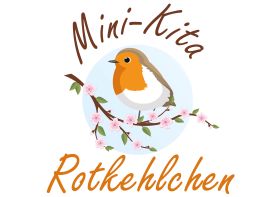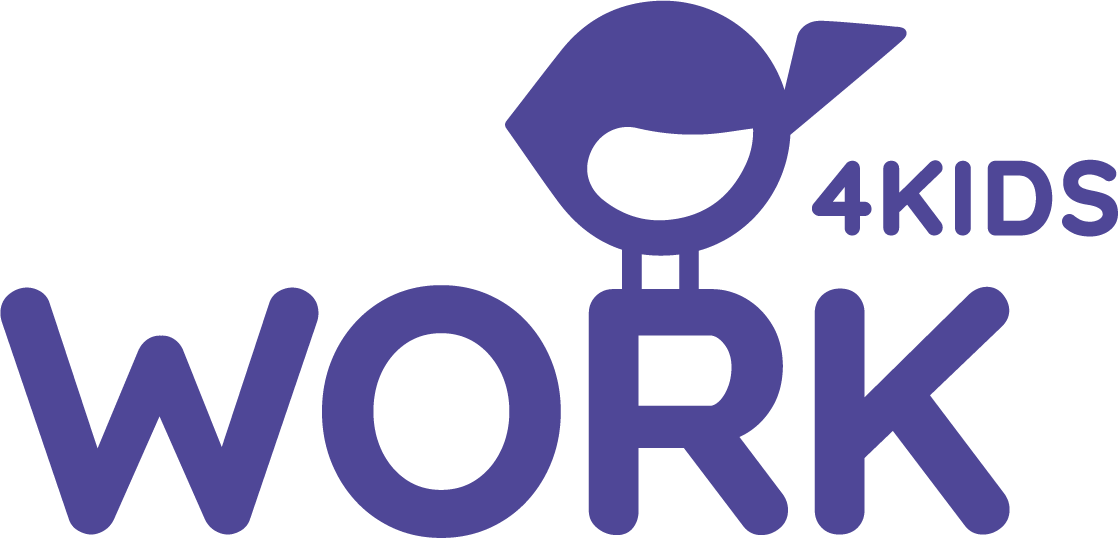Introduction/specifics
Due to the growing number of children in Pöttmes, there was a need for kindergarten places. A residential building was therefore rented and converted into a kindergarten within 4 months. The house offers the children plenty of space to play. This gives them many opportunities to give free rein to their creativity. This gives us as staff a good basis for pedagogical work.
Participation is the top priority in our house.
What is participation?
Participation is the involvement of the children in the educational and facility activities. The children are allowed to have a say, help shape and participate. Participation is based on partnership and dialog between staff, children and parents. Children are involved in as many decision-making processes that affect them as possible.
Our implementation in everyday life:
We organize children's conferences in which important topics are decided together with the children.
The children are allowed to help set up the group room and pick out the toys.
At lunch, the children can decide how much they want to eat.
It is important to us that the children have their own opinions and represent them. We support this.
We make the rules for the facility together with the children, which everyone must adhere to.
The children choose their own play partners and what they want to play.
We have a morning circle every day in which we decide what we are going to do during the day.
Special features:
A major focus of our pedagogical work is the portfolio.
Definition of portfolio:
The term comes from the Latin and is made up of the words “portare” to carry and “folium” leaf. In the original sense, the word means wallet, for us still recognizable in the French translation Portefeuille. When deciphering the word, however, we should not think of a wallet, but rather the original meaning of the word, namely a small bag in which the wearer carries important letters. The origin comes from the artistic field, in order to record selected works and designs. In general, a portfolio is a collection of documents. In an educational context, a portfolio is a targeted collection of many documents, such as observations, results from adults and children's self-painted works. This makes the educational processes of a child's development visible. The way in which this document was created is also described. Children, parents and educational staff have the opportunity to document the children's progress. A portfolio is usually kept over a longer period of time, for example over the entire kindergarten period, and therefore certain preferences of the child become visible, which can be specifically addressed. The portfolio is the property of the child. Only the child may decide who may view the portfolio. No one has the right to see the portfolio without the child's consent. The aim of portfolio work is not to create a book about the child, but to record the developmental steps visually. A portfolio can consist of learning stories, photos, drawings, etc. This depends on the institution and how they want to handle it.
We have decided to design the portfolio as a dialogical portfolio.
The portfolio as a child-centered process
The children play an active role in shaping the portfolio, which is particularly important. The child's developmental steps are recorded together and then discussed, which counts as the basis of development. The educator is in constant dialog with the child. The educator experiences and looks at the documentation together with the child, which enables a holistic assessment of the child's individuality. Learning and educational stories
Learning and educational stories are designed to tell stories about the educational processes that the individual children have mastered and are about to master. The story does not focus solely on the child in question, but also includes the child's environment and relationship with its surroundings. Situations are recorded where learning processes have taken place. It is important that the focus is not only on WHAT the child has learned, but HOW the child has learned it.
How does the work with education and learning stories work?
The work of educational and learning stories has 4 steps on how to write a learning story. The first step is to describe. This begins with observing the child's behavior in everyday situations in kindergarten. This shows how the child acts in different situations. The child's activities are recorded without biased assessments. The observations are made several times. This creates an individual learning history for each child. Secondly, discussion. The observations made previously are discussed together in the team. The aim is to reach a consensus on the child's point of view. Parents and the child, as well as colleagues who know the child well, are also involved. This is followed by the decision. Here it is discussed how to react correctly to the development of the child in question. The teachers decide together how the child can achieve further learning progress, which may be more difficult. The final step involves documentation. The stories can be documented well as part of portfolio work. This allows the children to take their stories with them wherever they go. It is one way to record a learning story. The process of creating the story can also be documented on a wall. An educator can use an educational and learning story to reflect on the learning processes together with the children and parents.
What are the benefits of working with education and learning stories?
The work encourages a rethink. The observations of their own roles as educators are consciously experienced by the professionals in a learning process and they reflect more on their actions. Because it is a free observation, the view of the children usually changes. Through this process, the educators become more aware of the children and see when something important is happening for the child. It is also noticed that some children have been underestimated and seen differently. Through active observation, the teachers are curious to see what solutions children find to problems and are surprised at the unconventional paths some children take. As a result, they intervene less with the children and instead hold back. The children experience the educational and learning stories as positive. They interact with other children. As the stories are accessible to the children, parents and teachers at all times, there are always conversations between parents and children.
Translated with DeepL.com (free version)




